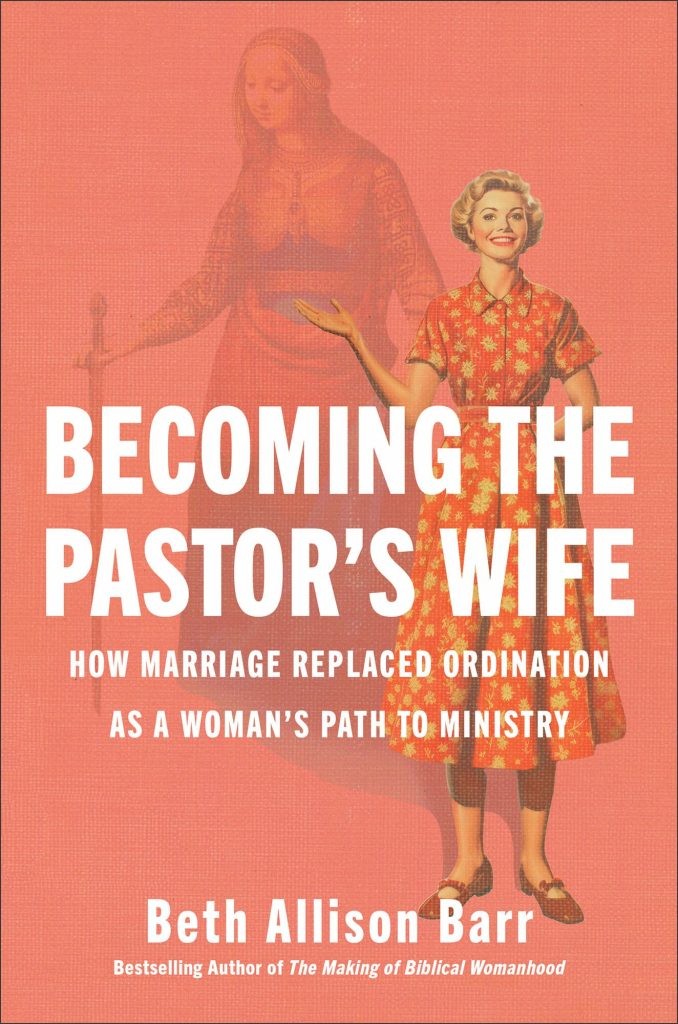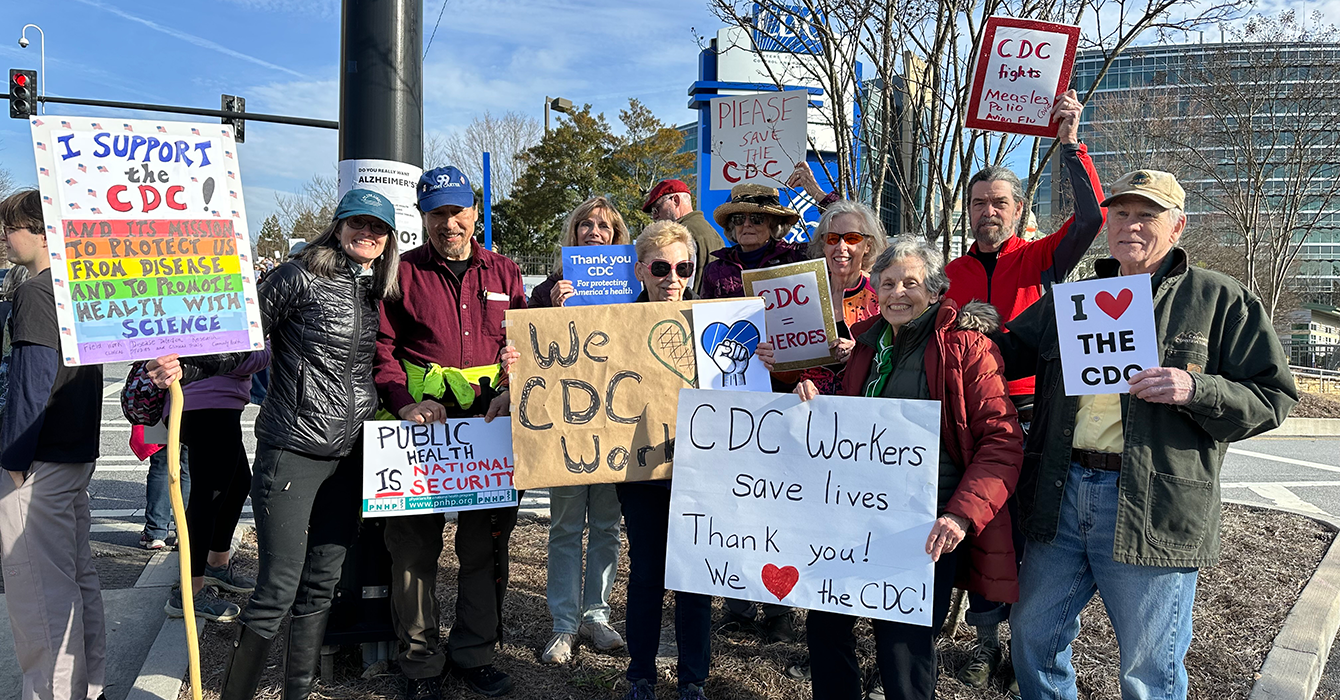In 2019, my husband and I visited Muir Woods National Monument, an old-growth redwood forest on California’s northern coast. I had long been fascinated by the concept of the interconnected growth and root system of redwoods that provides a support system for the trees to reach unimaginable heights.
I was prepared to be overwhelmed by the trees’ size and splendor. Walking into the section of the woods designated Cathedral Grove, however, I experienced a sacred moment for which I had not prepared.
A sign said that this part of the woods was “set aside as a quiet refuge to protect its natural soundscape in an increasingly noisy world.” In the grove, conversations stilled. People walked more slowly and listened more intently. This sacred grove provides refuge from even Muir Woods itself, which brings its own sense of being apart from the world.
Redwoods are amazing trees that actively respond to the environment around them: growing new wood to provide buttresses for trees that are leaning, re-creating root systems when old ones are damaged by disease or floods, forming beautiful burls to repair and heal from injury. So many wonders and so many sermon illustrations and ministry applications.
The trees with their deep interconnectedness remind me of pastoral peer groups. Cooperative Baptist Fellowship, where I am director of fellowship gatherings, continues to enjoy the benefits of a Lilly Endowment grant from nearly 20 years ago, which helped establish our Peer Learning Groups.
The groups are a bedrock initiative in supporting ministers in local churches. As the disease and floods of the pandemics came, PLGs were the buttresses to support ministers leaning under the weight of so much stress. New roots have knitted together as the old roots of the church status quo have begun to die away. And new burls are displaying the beauty found in a shared response to hardship and pain.
Peer Learning Groups of CBF are best described through the parts of their name.
Peers who are serving on a church staff, retired from a church staff or serving as chaplains gather around their common ministerial positions, geography or life experiences — or through connections made by word of mouth.
The purpose of the groups is shared learning, although fellowship and encouragement often break out as well. Each group determines its own curriculum, schedule and learning style.
Groups are typically made up of five to eight members and are led completely by the participants. Some groups are open to receiving new members, and some are not.
Groups are in-person, virtual or hybrid. Covenants drawn up by group members set the boundaries of the group as well as the intention for the life span of the group — anywhere from short-term, for a season, to ongoing, some even lasting decades.
CBF supports PLGs in several ways. Regional directors stay in touch with all the groups to aid in their creation, offer resource suggestions and connect potential members with established groups.
A monthly email sent to the groups’ conveners includes helpful articles that cover everything from group dynamics to learnings, resource recommendations and notifications of upcoming events that might be of interest to members. Each group is eligible for a $500 annual grant to be used for the purpose of learning.
Pre-pandemic, many of our groups met monthly over a meal. But even before the pandemic, we were seeing an increase in virtual groups — both those that transitioned from in-person to virtual as members moved to new locations and those that began as virtual groups because members were not geographically near each other. The pandemic brought a shift to even more online groups, as many in-person groups wanted to continue meeting.
Stories and meeting reports from groups at that time revealed an immediate conversation shift to the practicalities of doing church. Peers shared with one another, “Here’s what is working for us. What is working for you?” Encouragement for each other began to take center stage as ministers cared for one another.
The pandemic brought into focus the need for peer relationships in ministry. While it has always been a benefit to have a space where you do not have to explain what you do day to day, the ability to connect during the crisis had a profound impact on those who felt more and more isolated.
The learnings from virtual groups during the pandemic will be added to the toolboxes of new groups that form.
Key practices of in-person groups, for instance, were creatively adapted with the migration online.
Meals formerly shared in person were shared virtually, often with a discussion of meal choices as a way of beginning the meeting with a lighthearted transition into the time together. A single candle lit in a circle became a screen full of faces and candles as members participated in the sacred act of lighting them collectively.
These elements and more will offer new kinds of rhythms for groups that are established as virtual from the outset as well as those who migrate to online platforms.
As ministers found their way to each other during the disruption of the pandemic, the “Cathedral Grove” feeling of PLGs — the setting aside, the refuge, the protecting of the natural soundscape of calling in an increasingly noisy world, the walking more slowly and listening more intently — this sense of sacred space became a new version of itself.
And now, the new buttressing wood allows for the strain on these ministers to not be so great. The re-created roots offer the stability of continued support. And the new burls bear witness to the unexpected beauty that can come from shared pain.
The metaphors could continue, but the point is the same. Peer relationships, no matter the state of the church and the world, provide the life-giving growth that is required for thriving ministry.














